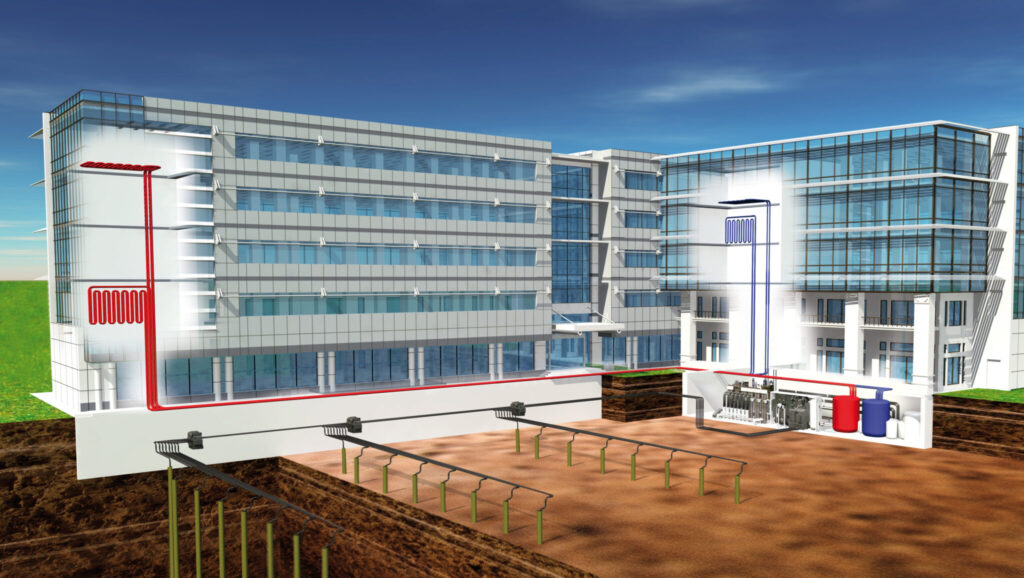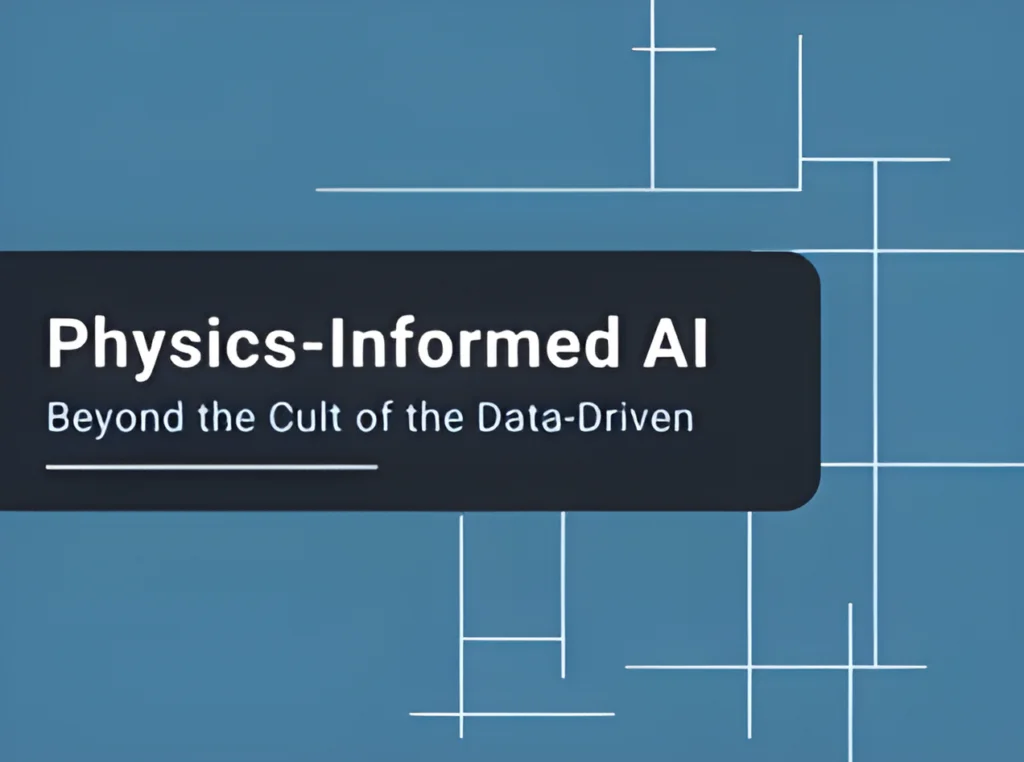DISCLAIMER: Past performance may not be indicative of future results
.…and other challenges to the next industrial revolution
The problem with AI
Anyone who has ever read an investment prospectus is familiar with the phrase. We read it, toss it aside and make our best guesses based on past performance. Why? Because that’s all we can do. There are no underlying principles (or in engineering speak, 1st principles) that can help us make accurate predictions of future asset prices.
At least in financial markets historical performance data is readily available. For much of the industrial world this is not the case. In the industrial world getting data is hard, time consuming, and expensive. Older equipment lacks sensors, so new ones need to be added. Data standards in the industrial world are virtually non-existent, so data needs to be translated from hundreds of different sources.
Once we have the data, we need to figure out how to use it. As anyone who has tried to deploy an AI model in an industrial environment can attest to, it’s hard. Really hard. It takes lots of time, lots of expertise and lots of money. AI models today rely on historical data. If it didn’t happen in the training data, or if it happens differently in the future, then your model can’t predict it. It certainly can’t explain it. Quite simply, past performance may not be indicative of future results.
If we want more performant and efficient machines, factories, and power plants, we are not going to get there with today’s technology. AI is amazing, sure, but in the industrial world it alone will not drive the transformation we need to meet the needs of a growing global population, without baking the earth.
Leaning on data and physics
The good news is that we have a head start. The laws of physics are immutable. They control the actions and reactions of the world around us. And today, we are pretty good at using them to make predictions. Physics based simulation has become ubiquitous in industry and its use continues to grow rapidly.
The problem, however, is that these simulation models are usually confined to the design of equipment and processes where the benefits of powerful predictions outweigh drawbacks such as long set up / solve times and uncertainty relating to accuracy.
What if we could overcome these challenges, further compressing design cycles and deploy the same predictive technology to operations?
The impact would be immense.
Engineers would have easy access to sophisticated models to help them make great decisions, quickly. Machines, systems, and plants would use the models to self-optimize and adapt to changing conditions. We could compress decades of learning needed to design and scale new products and processes into years, months, or maybe even weeks. We could improve efficiency of operations in ways never imagined possible.
The answer is, we can. By taking the best of AI and fusing it with simulation, automatically.
Geminus.AI was founded to do just this.
The model-driven future
We see the future of industry as model driven. Where models based on 1st principles deliver accurate predictions. Models that run thousands of times faster than simulations and can be created hundreds of times faster than traditional AI models. Models that can be created without the need to collect massive amounts of data. Models that understand their limitations through well-defined uncertainty bands. Models that can adapt quickly to changing circumstances. Models that make the products and systems they drive smarter. Leading to far better performance and more efficient operations in a fraction of the time and effort required by today’s technology.
Want to learn more? Visit us at Geminus.ai


